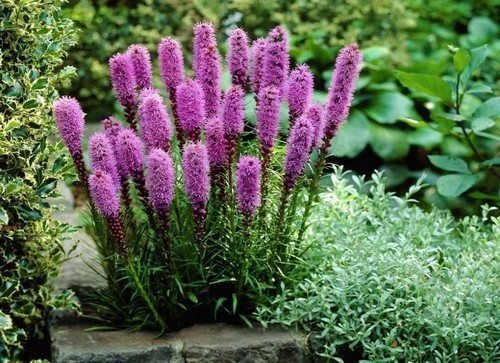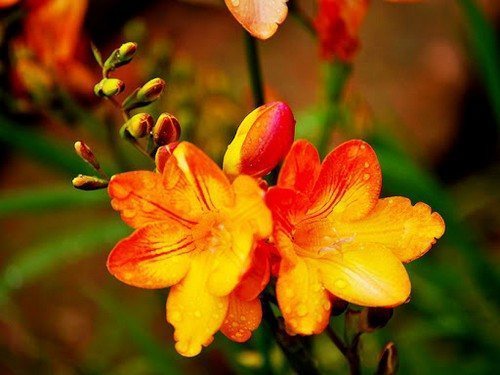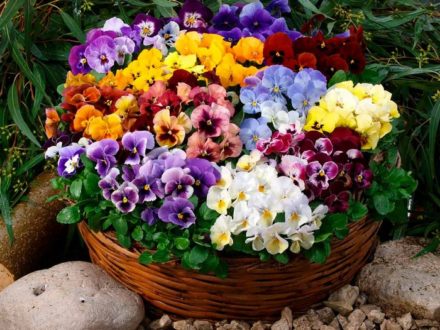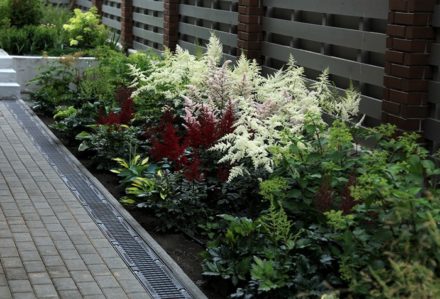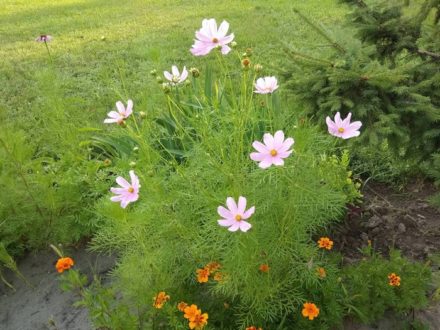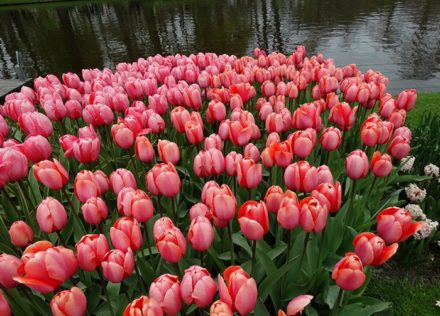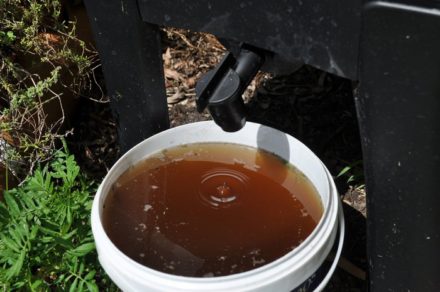According to Eastern philosophy, the lotus is a sacred flower. This plant has been used in religious ceremonies and for medicinal purposes since ancient times. Despite the aura of mystery and inaccessibility, the lotus can be grown in a country pond. In an artificial reservoir, the plant will feel no worse than in the wild.
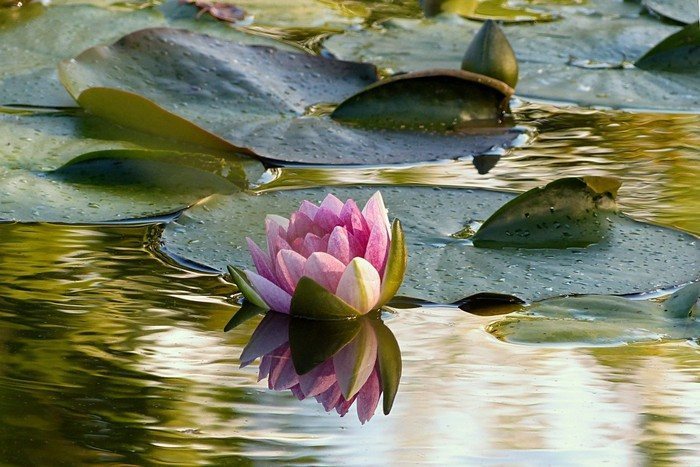
Reservoir dimensions
An adult lotus specimen requires a significant area on the surface of the reservoir, where it can freely place its leaves with a diameter of up to 60 cm. The opened flower also has an impressive size - 30 cm. This must be taken into account initially in order to create comfortable conditions for the plant.
It is better to place the pond in the southern or southeastern part of the garden, where there is sun most of the day. The minimum dimensions of the pond should be 1.2 m in diameter with a depth of 45 cm. The bottom and walls of the pond must be lined with a special lining fabric or film.
The edges of the material should have allowances of 30 cm. The fabric on the sides of the pond is sprinkled with earth to hide it from view and strengthen the structure. Instead of soil, you can use gravel or flagstone. It is convenient to carry out the work in the spring, as soon as the soil thaws and warms up.
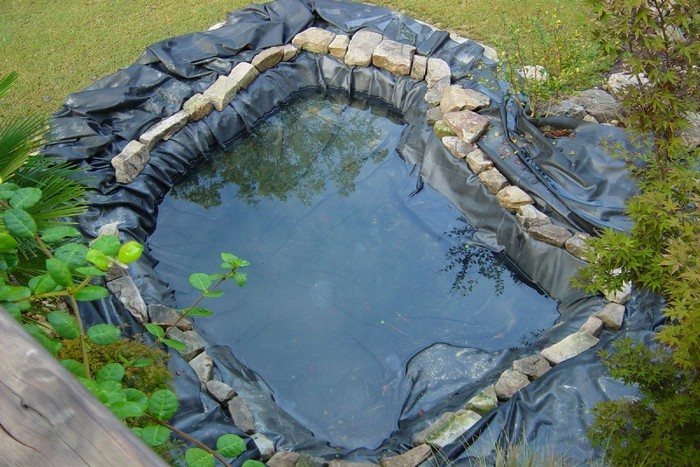
Soil composition
A fertile “cushion” consisting of a mixture of soil, compost and fertilizers is placed at the bottom of the pond.A powerful plant will need a lot of nutrients to develop. The thickness of the fertile layer is 22 cm. The top of the soil is covered with sand or gravel. This layer should be 3–5 cm thick.
To create a beautiful landscape, you can plant moisture-loving plants on the sides of the reservoir and place large stones. The work is carried out carefully so as not to damage the fabric covered with earth. Such connoisseurs of moisture as Volzhanka, hosta, daylily, ostrich, Rogersia, and sedge will feel comfortable near the shores of the pond.
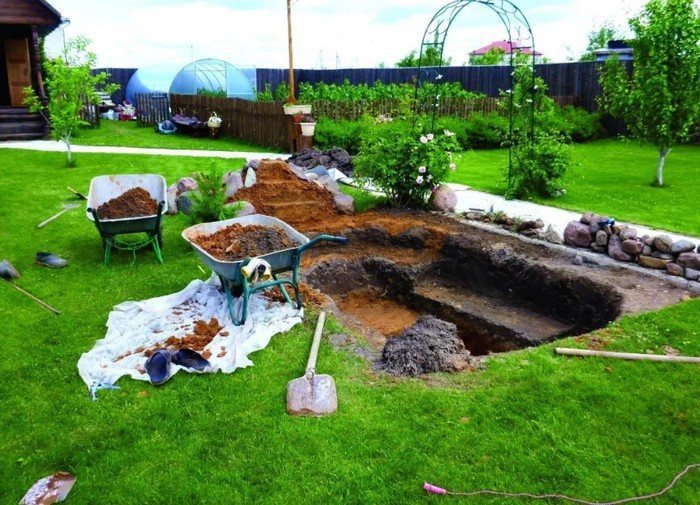
Water quality
It is best to fill an artificial pond with rainwater. To collect it, several barrels are placed on the site or a tank is installed near the drain that drains water from the roof of the house. Rainwater is soft and does not contain harmful impurities. In addition, while in the tank, it will warm up to the desired temperature in advance.
Using tap water, it is pre-settled for several days. In this case, all unwanted impurities will settle to the bottom. This condition is especially important to comply with if you plan to place fish in the pond. You cannot pour water into the pond under pressure, otherwise the soil layer will be washed away. At the time of planting the lotus, the temperature in the reservoir should be above +20 °C.
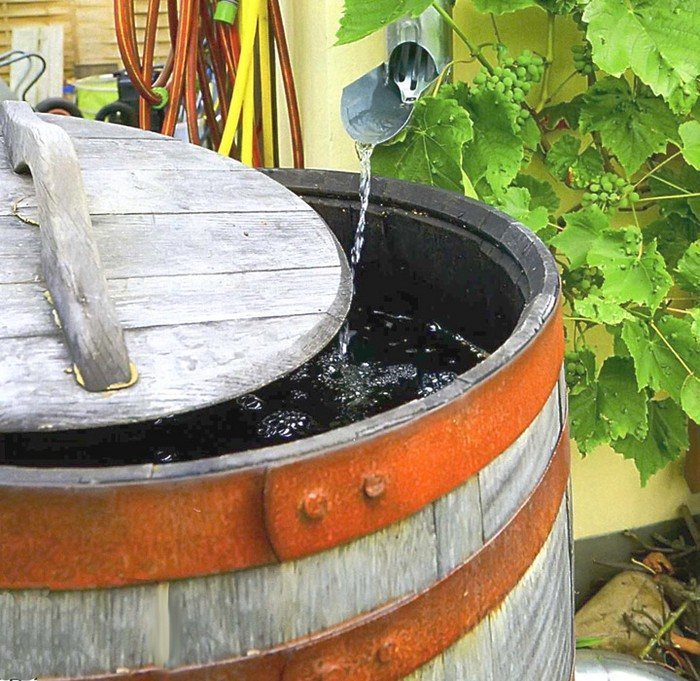
Planting and further care
After planting, the lotus rhizome is pressed to the bottom of the pond with a layer of gravel. In warm water the plant will quickly take root. If the lotus is planted in a large body of water, it is better to plant it in a tub to limit its growth. Otherwise, the leaves will soon completely fill the water surface.
During the summer months, the lotus needs to be fed regularly. For this purpose, special fertilizers in tablets for aquatic plants are used. In June, a half dose of fertilizing is applied; in subsequent months, the fertilizer is used in full dosage. Periodically, rain or settled water is added to the reservoir or it is completely renewed.
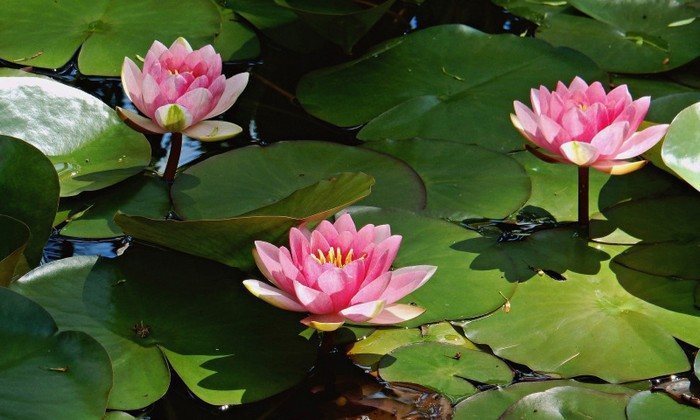
Proper wintering
A pond with a depth of 40–45 cm completely freezes over the winter in a cold climate zone. To successfully overwinter the lotus, it is transplanted into a tub and lowered into a deeper reservoir, where the lower layer of water does not turn into ice.
If this is not possible, the plant needs to be insulated. To do this, the surface of the pond is covered with thick foam slabs, which are pressed down with boards on top. Some summer residents transplant the lotus into an aquarium during wintering and keep it indoors. The rhizome can also be stored in the basement in winter, preventing it from drying out.

To grow lotus in a pond, it is important to create suitable conditions. The plant does not tolerate shade, cold water or competition. In order for the lotus to bloom regularly, it needs not too deep planting and fertilizing with special fertilizers. If the right environment is created, the exotic guest will bloom in the pond for many years.


